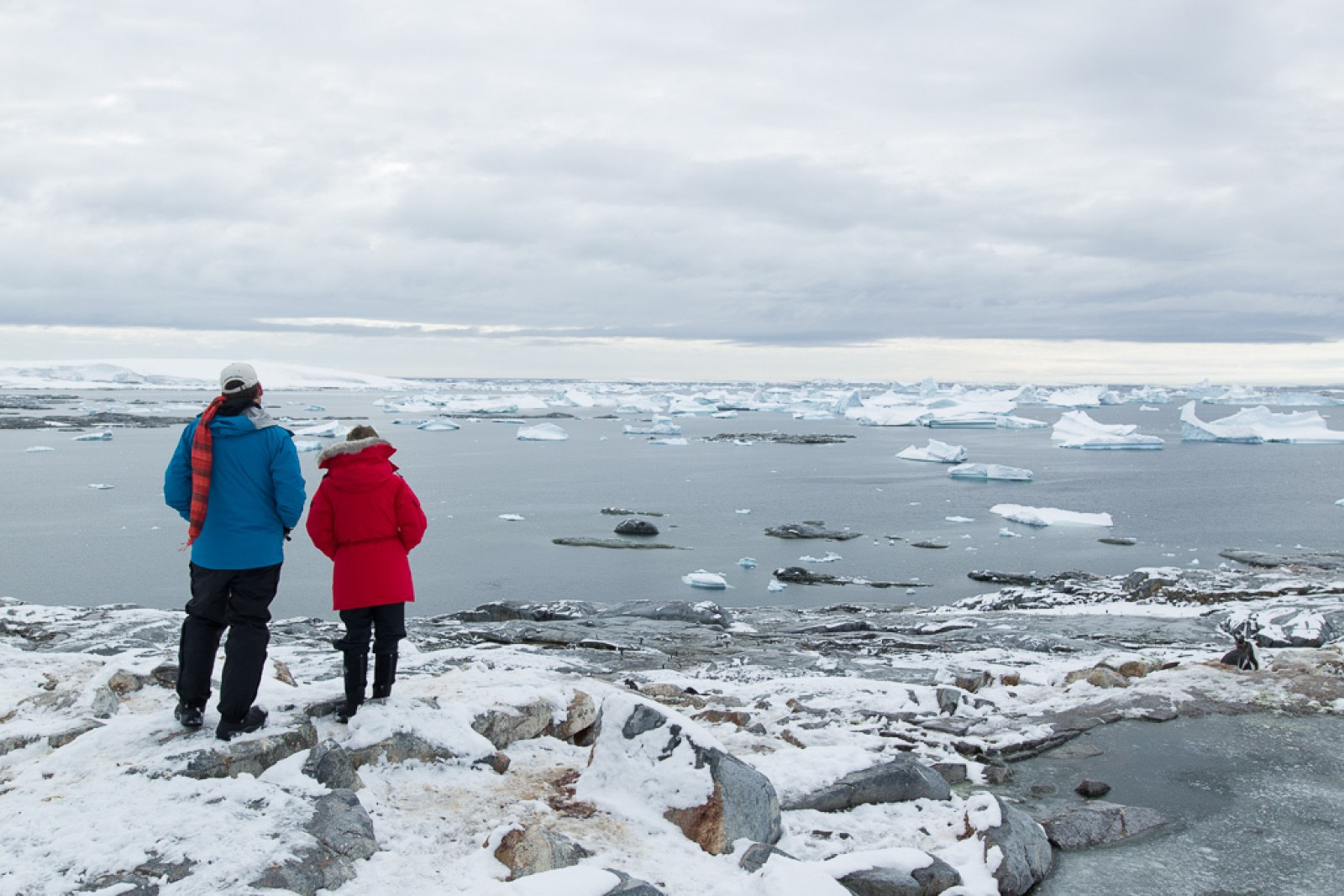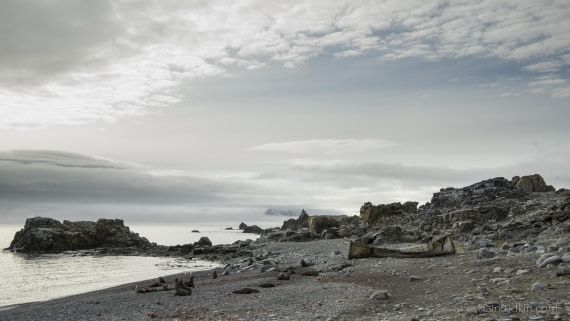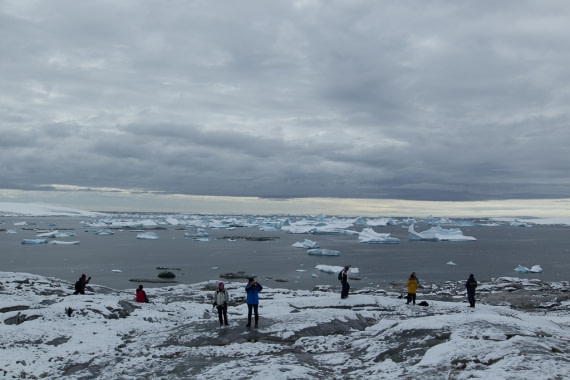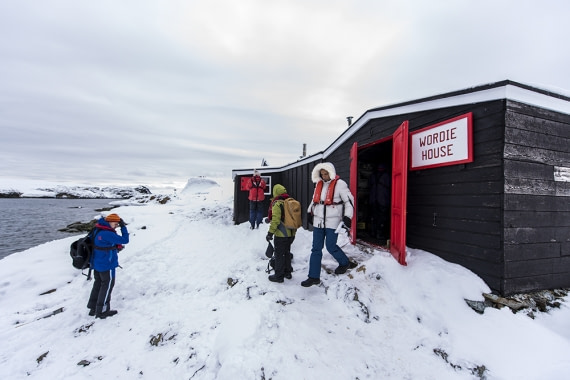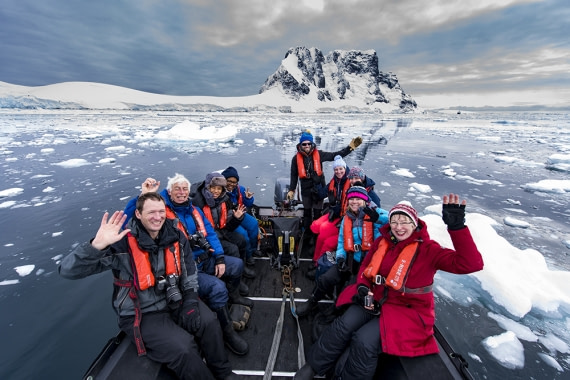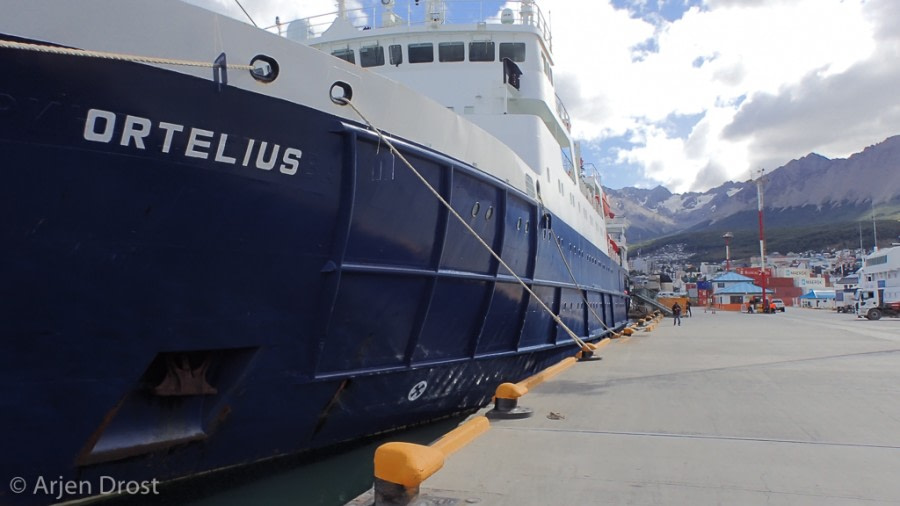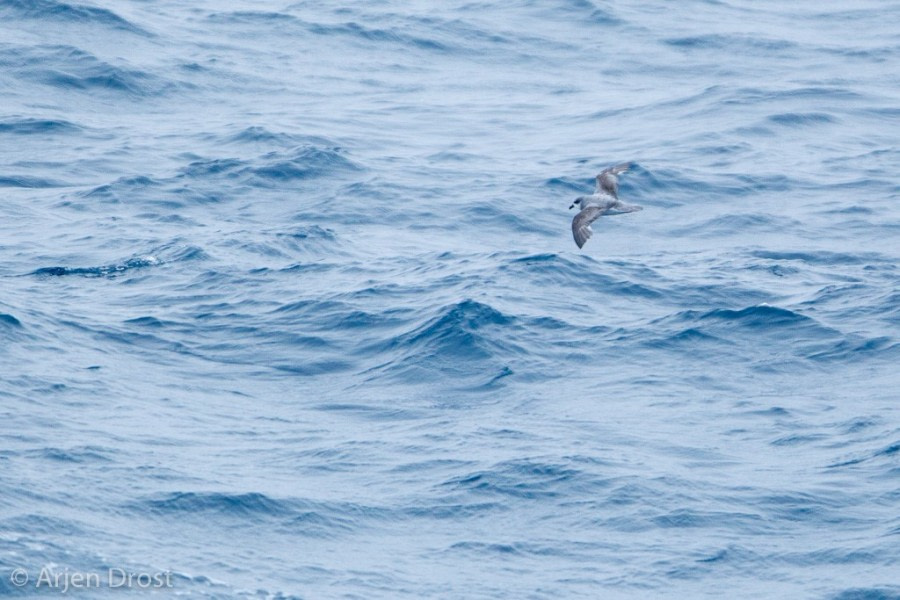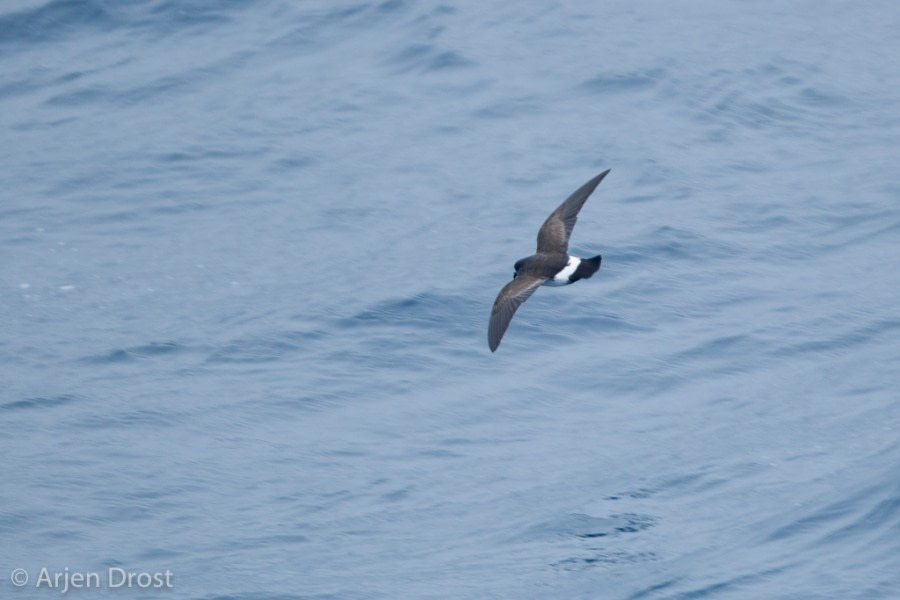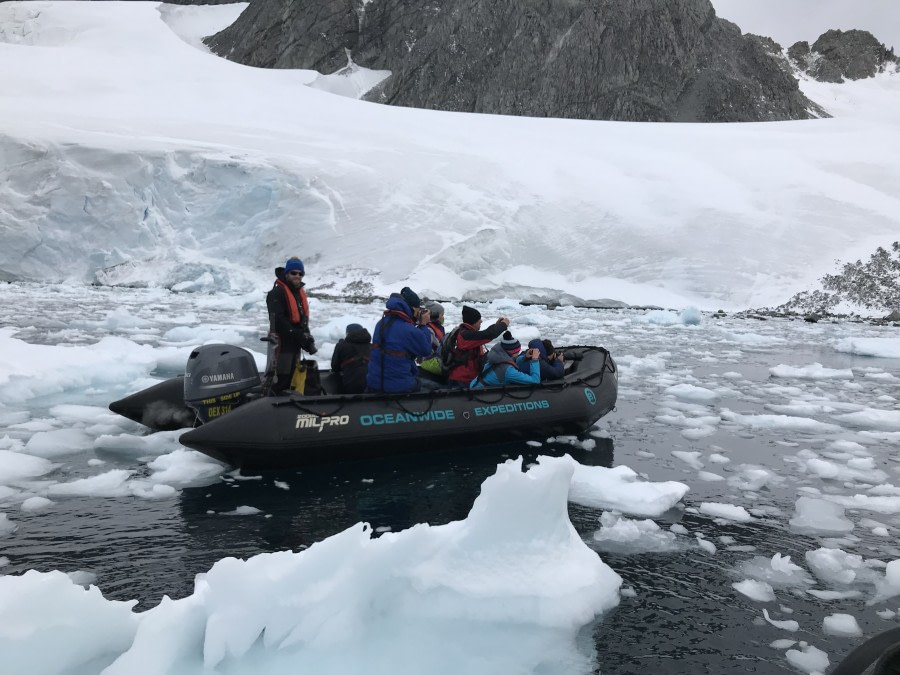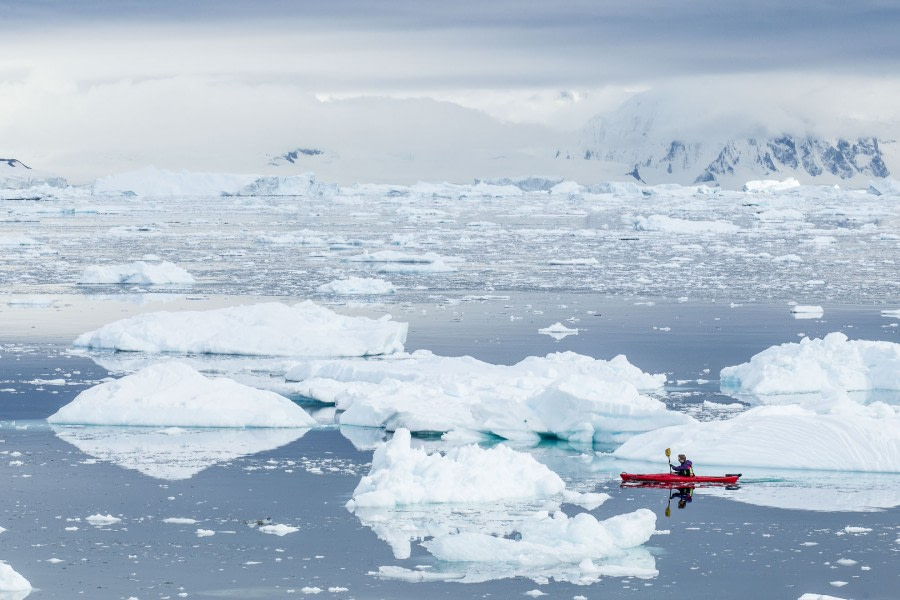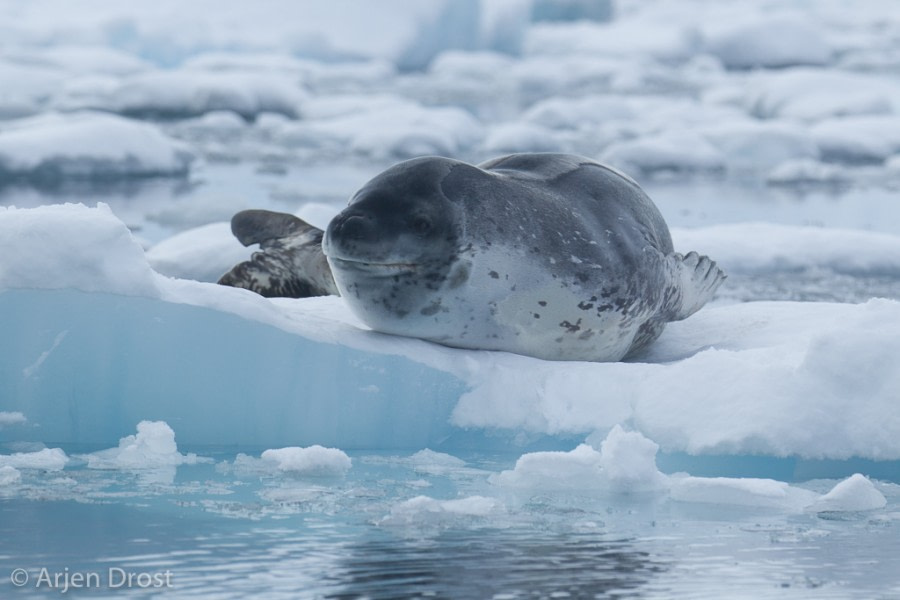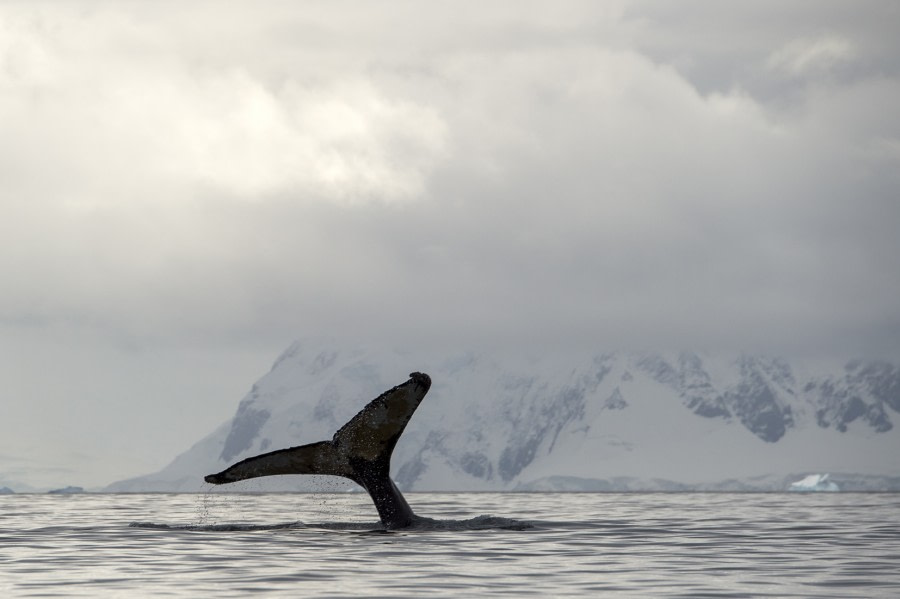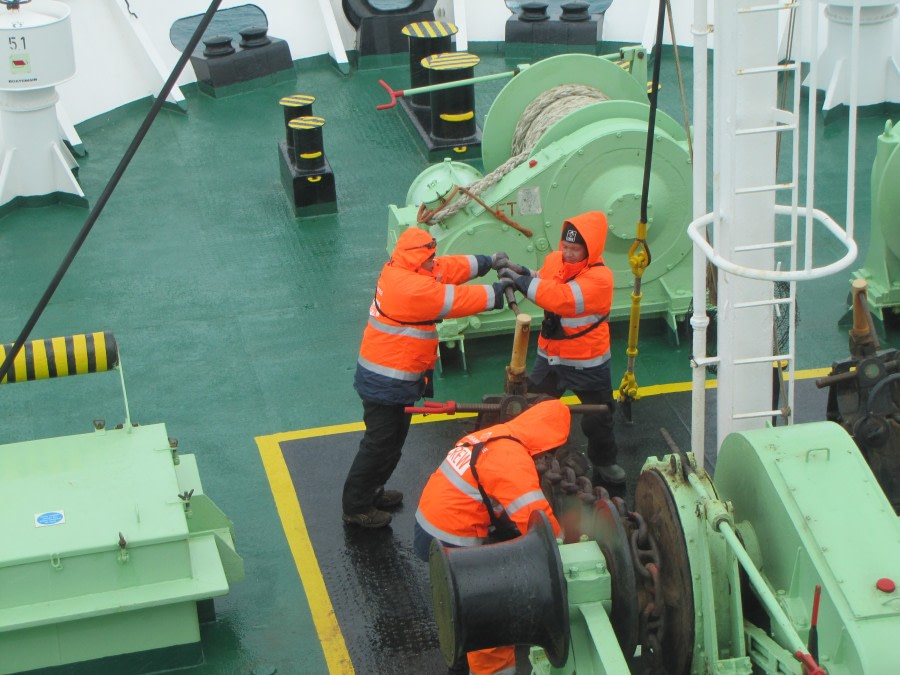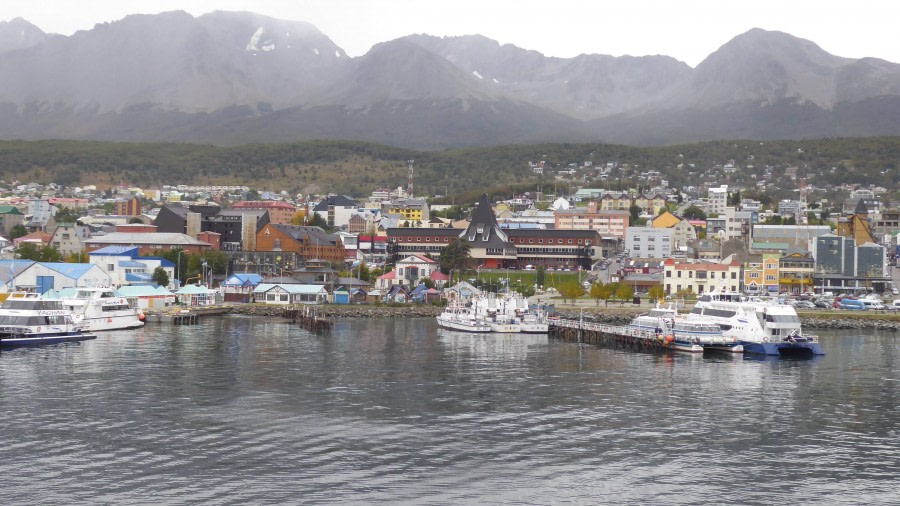| Date: |
09.03.2018 |
| Position: |
65°12‘S, 064°10‘W |
| Wind: |
0 bft 0 |
| Air Temperature: |
+2 |
Once Ortelius had its full compliment of Argentine Island campers back on board we began our leisurely journey northwards with a day once more filled with activities. First stop was Petermann Island, home of the ubiquitous Gentoo but also the first opportunity for the passengers of this voyage to see the Adelie penguin. Named by Dumont D’Urville during his voyage in the 1840’s after his wife Adèle these are the ‘Happy Feet’ penguins many associate with Antarctica. Having spent time with many of these birds, I can assuredly say they are my favourite and seem to be fuller of personality than many of the other penguin species we encounter down here at the upside down end of the world. Despite these moulting avians being rather subdued on our landing, they delighted all and will feature in many a photo album from the trip! To the west stands a simple wooden cross remembering a team of British Antarctic Survey men lost to the sea ice between Petermann and the peninsula. The winter sea ice is a fickle beast and the cross acts as a stark reminder of the perils of travelling across such terrain. However, spare a moment to imagine this scene during the depths of the freeze when the wind is calm, the sea is frozen to the horizon and the call of the Gentoo is silent. It is eerily beautiful and all one’s senses find trouble computing the ice cold charm of it all.
A post prandial landing on Pleneau Island gave guests an opportunity for a longer stretch of the legs. Whilst modest in altitude, the terrain on this wee hill was decidedly slippery following the recent snowfall and cunning route finding was required to ease the difficulties. To add to the challenge, Gentoo penguins seemed to litter the route frequently and positioned themselves in such a way as to thwart upward access via the easiest routes! However, for those sufficiently skilled to negotiate penguin alley, the view from the high ground was breathtaking. Mighty peaks towered over us to the north and east, whilst icefalls tumbled downwards chaotically from the high plateau of the peninsula shedding their load in colossal calving events, the debris from which lay to our west in an iceberg graveyard. An archipelago of small islands, a leopard seal flaying it’s victim and icebergs crumbling were all treats that entertained those who ventured up into the lofty heights of Pleneau! The day will perhaps be remembered by two particular individuals best as their anniversary. A pre-dinner sail around the cirque of ice that is Girard Bay was deemed a suita-ble backdrop for the Captain to perform the necessary rights to pronounce them man and wife! So a day for Happy Feet and a Happy Couple!
Kayaking
Conditions were considerably calm this morning, but we enjoyed a lovely swell at Petermann Islandp; thus, being lifted up and down calmly by the waves. We followed the Eastern shoreline of the island and after visiting the place of Jean B. Charcot’s second Antarctic overwintering with the “Pourquois Pas” we spotted two solitary Adelie penguins, one of them nicely posing for us. Our great outing was finalized by watching not less than eight crabeaters seals either lying on an iceberg or swimming by us.
In the afternoon we found beautiful small and sheltered channels to paddle in. In addition, beautiful blue icebergs invited us for a photographic session in our kayaks. The scenery around us was just wonderful and we spotted both Crabeater and even a Leopard Seal on the ice floes around us. After a little paddle upwind, we finished off downwind with the view towards huge icebergs and the Southern entrance of the Lemaire channel.
Mountaineering
It had snowed again overnight and the morning was cold – the mountaineering team departed for the North East corner of Peterman island where we first had to get ashore! After making shore via a narrow cleft in the rocks and gaining the snowfield we then changed boots and got into our climbing boots and crampons to start our way up the frozen slopes above us.
Temperatures had dropped enough overnight to freeze the water running off the rock and icicles were hanging from multiple rock overhangs with at least another 10 cm of new snow. With boots and crampons securely fitted we roped up to make our way to a short steep snow lead that gave us access up and onto a series of rocky, snow covered ledges.
Careful footwork with the occasional rest on broad ledges to have a look at the amazing views beneath us brought us to the wide open summit of Peterman – the local birdlife had laid claim to the very true summit though with a cheeky Skua giving the mountaineering team an inquisitive look – retracing our steps again was fast than the ascent and a lower tide made it easier to reboard or zodiac for the ride back to our now very familiar Ortelius.
In the afternoon, for those that had not brought boots that would fit crampons Hovgaard island provided the perfect opportunity to go out onto glaciated terrain once again using snowshoes – the new snow actu-ally provided the perfect surface for the snowshoes to give us excellent footing.
The broad open shoulder rises up to a long summit ridge – however significant crevassing meant the going to the very true summit with a team of 13 wide-eyed new mountaineers and 2 Guides was not the best option.
Instead - after finding a few ‘interesting’ crevasses for us to look into, Mal and Andy brought us to an amazing viewpoint the overlooked the Ortelius and large rock / cliff band that fell steeply away to the shore below us. Obligatory group photo’s, hugs and laughs were had before we began to get too cold – whilst it was warmer back at the ship – where we were was sitting below freezing with an increasing wind.
A faster descent and a rapid pack up of our gear and equipment was done and before we knew it our Zodi-acs were there to whisk us back to hot showers. A fantastic day with amazing views and great people once again.
Camping
We made a second night of camping at Hovgaard after a great day doing other activities. We left the ship with stomachs full of food from the BBQ. The weather was overcast but the sky looked to be clearing so we hoped for a starry night.
We spent an hour setting up camp putting together our sleeping bags mattresses into the Bivvyie bags. Then we settled down for a cold but spectacular night on the ice. The weather was chilly but it was fairly calm wind wise. With the odd clear patch showing a star or two.
After another hour the skies opened and the whole starry vista appeared. It was beautiful with stars visible that light pollution filters out at home. We were watching satellites travelling across the sky when an explosion oc-curred shooting sparks into the night sky.
After this amazing show we settled down to sleep listening to silence broken by a Humpback Whale making noises in the back ground.
At 5.am Peter and Michael woke us and we returned to the ship. We were welcomed back onboard with Pastries and Hot Chocolate.
